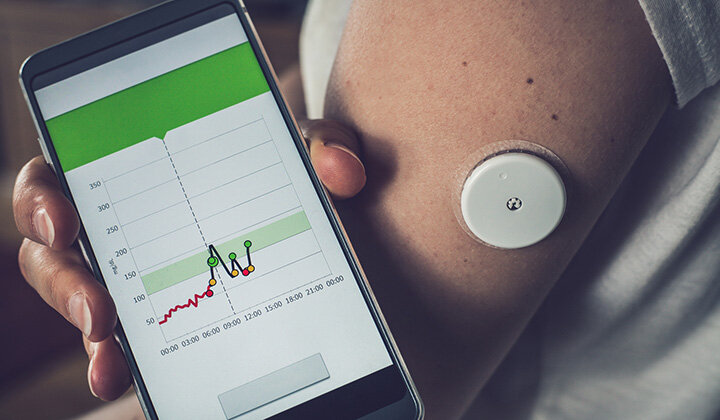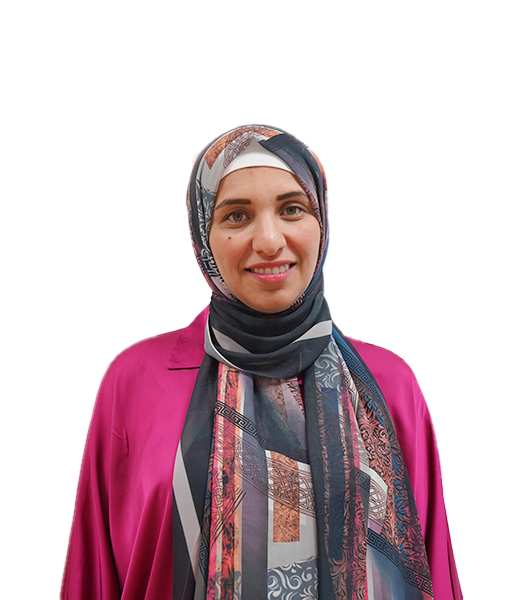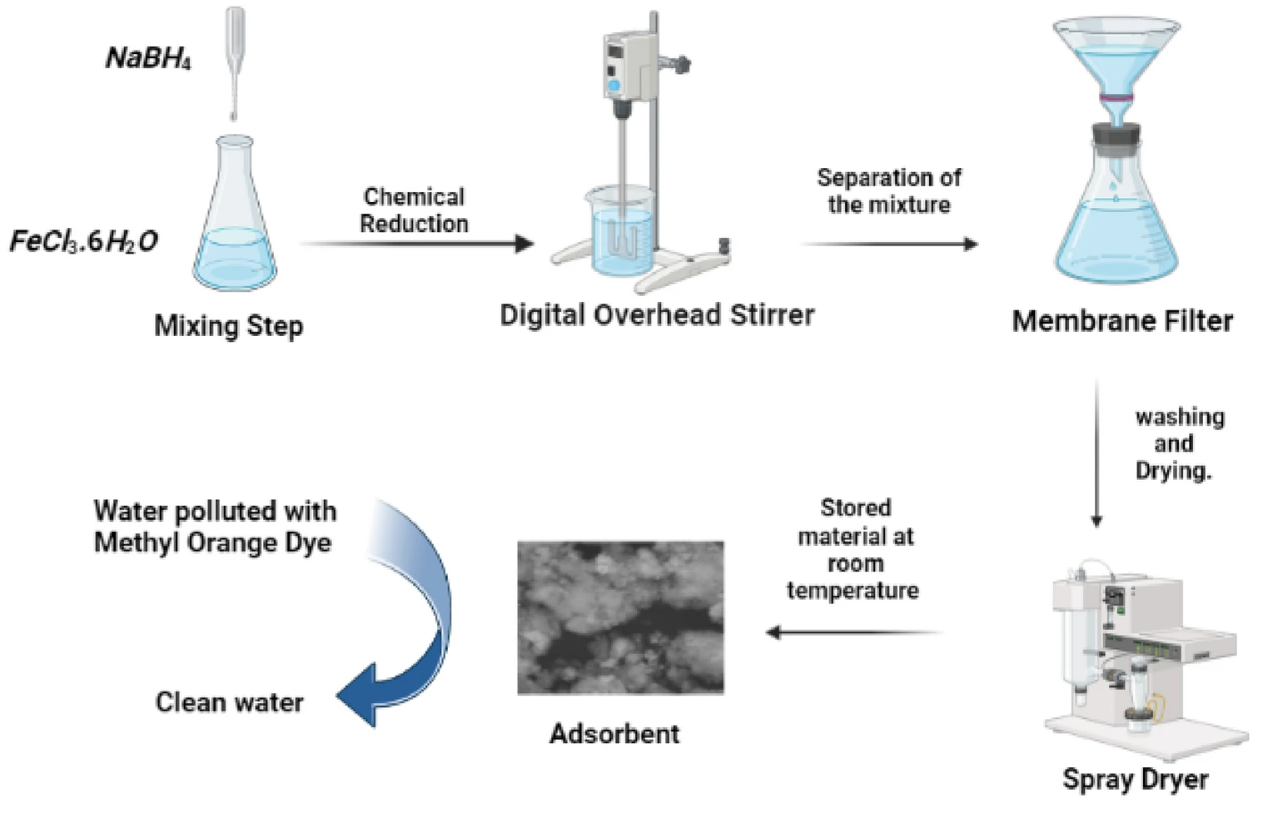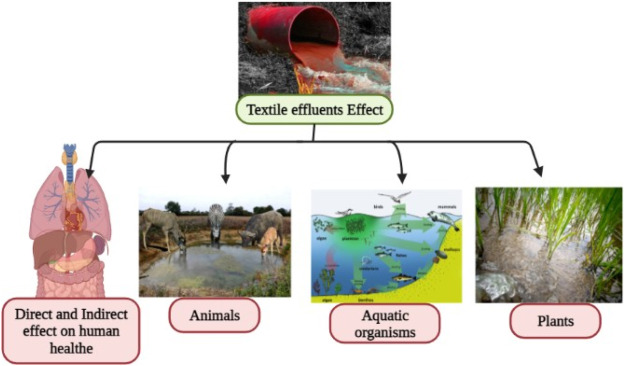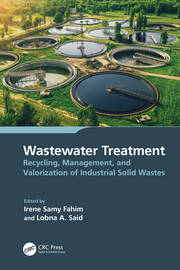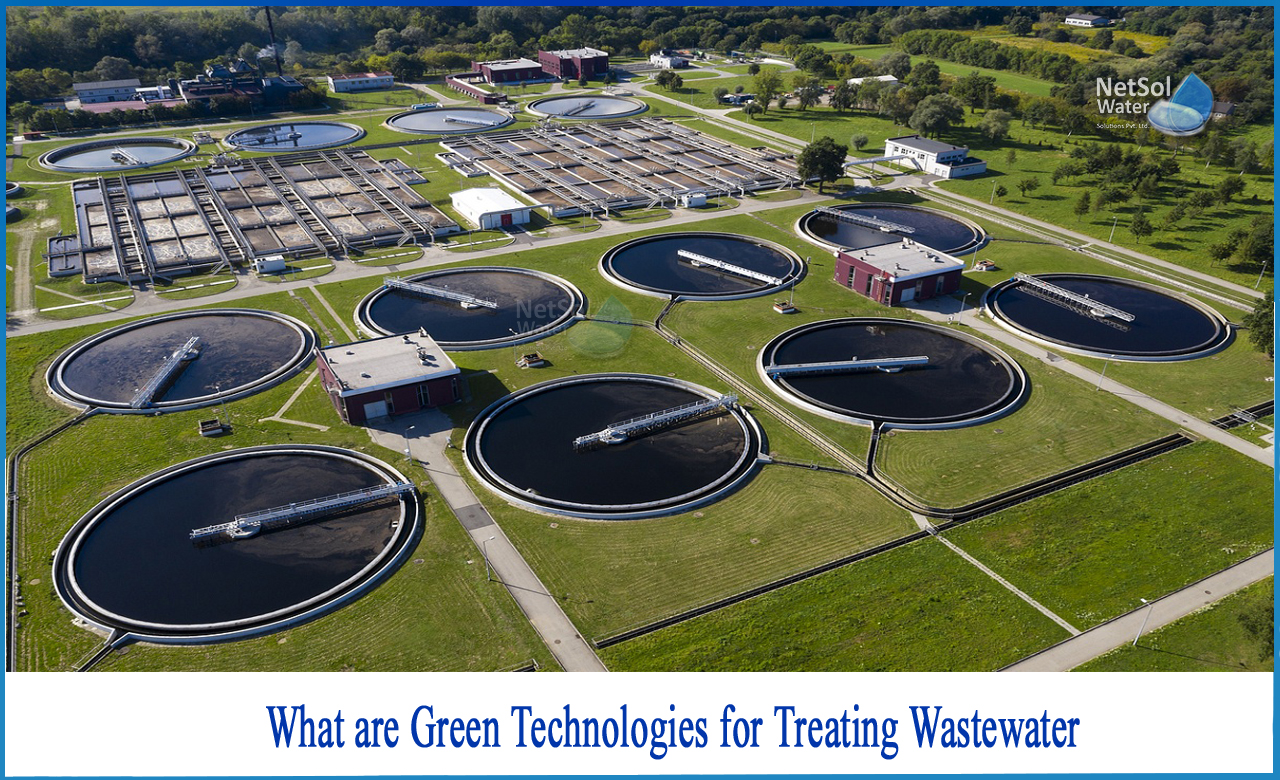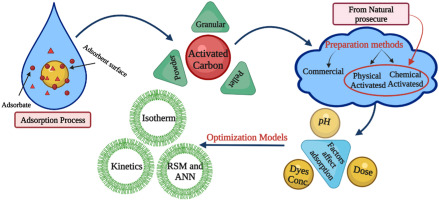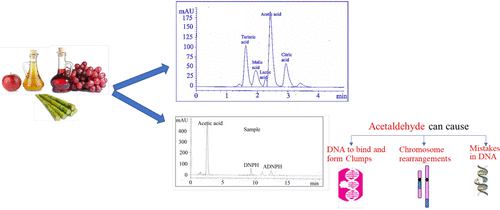Alyaa I Salim is a full-time assistant professor at the Faculty of Biotechnology, Nile University (NU). She received the B.Sc. (2006) in chemistry, faculty of science, Mansoura University, Egypt. She got a diploma in biochemistry, Alexandria University (2007-2008) and diploma in Analytical Chemistry, Cairo University (2010). She received the M.Sc. (2015) and Ph.D. (2019) degrees in analytical chemistry, chemistry department, faculty of science, Cairo University, Egypt. She has publications distributed between high-impact journals, conferences, and book chapter. Her research interests include pharmaceutical analysis, electrochemical analysis, spectroscopic techniques, HPLC techniques, water and wastewater treatment, and sensors. She is a member in the Egyptian Society of Analytical Chemistry, Cairo university, Egypt.
- Sensors(Analytical Chemistry)
- Drug Analysis
- HPLC Instrumental Analysis
- Environmental Engineering
- Wastewater Treatment
- Nanotechnology
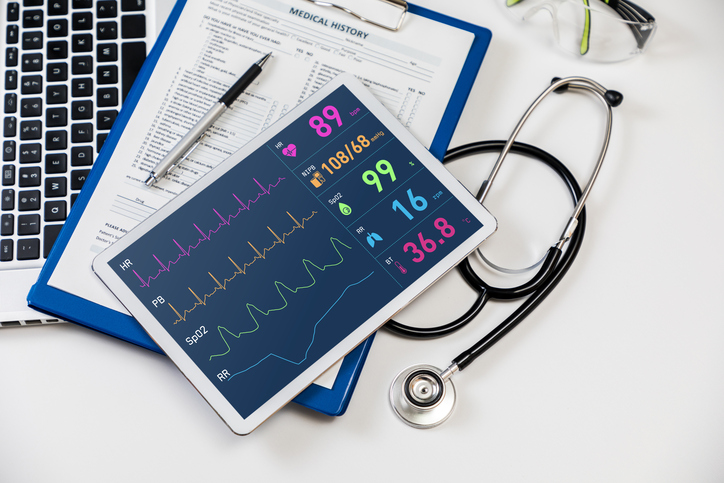
IoT-based Platform for Wearable Devices for Continuous Healthcare Monitoring
